Mark Fell Installation and Performance
Mark Fell - Artist
Argeo Ascani - EMPAC Curator, Music
Ian Hamelin - Production Coordinator
Daniel A. Swalec - Lighting Supervisor
Eric Lin - Integrated Lighting System Engineer
November 08, 2013
EMPAC Concert Hall / Goodman Studio 1 / Lobby Spaces
Mark Fell is a multidisciplinary artist based in Sheffield (UK). He is widely known for combining popular music styles such as electronica and techno with more computer-based compositions, with a particular emphasis on algorithmic and mathematical systems. His recent musical practice has become increasingly informed by non-Western music; this is evident in two linked works, Multistability and UL8, which explore a number of unfamiliar timing and tuning systems.
In addition to his recorded works, Fell produces installation pieces, often using multiple speaker systems. His work in this area is characterized by “non-illusion based” approaches, where multiple waveshapes are spatially distributed to form complex synthetic sonic environments. The diversity and importance of Fell’s practice is reflected in the range and scale of international institutions that present his work—from large super clubs such as Berghain (Berlin) to the Hong Kong National Film and Sound Archive, among others.
He received an honorary mention in the digital music category at Prix ARS Electronica, and was shortlisted for the Quartz award for his contributions to research in digital music. In addition to his creative practice, Fell has been involved in a number of academic research projects ranging from computer science to musicology, and as a curator he is widely recognized for his contributions to the development of experimental electronic music in Europe.
text and logo from EMPAC website | Animated photo by Daniel A. Swalec
Error
photos by Daniel A. Swalec and Eric Brucker [courtesy of EMPAC].
Technical Project Notes:
This four-part installation spanned across four discrete venues, each with its own lighting system. The four venues were networked together and controlled by a mac pro through an ARTnet plugin for MAX. The first installation consisted of Source Four PAR fixtures with Color Scrollers installed on a 7ft truss cube built from 12” silver Thomas box truss, situated in the center of the facility’s main lobby space. Programming of the installation was done through Mark’s MAX patch and transmitted through the facility’s sACN based lighting network.
The second installation was of a white sky dancer in the pitch-blackness within EMPAC’s Goodman Studio 1. The erratic windsock acted as a puppet dancing in pulses of xenon strobe light timed to low-end audio. Again this installation was programmed by Mark and ran as an extended installation throughout the evening-long event.
Color-changing LEDs flickered sequentially between red and blue causing a halo of green to appear in the audience’s eyes as they walked throughout a smoky haze-filled glass lobby space outside the EMPAC Theatre. This third venue had audio components similar to the synthesized score playing throughout the other, but was an immersive experience unlike any other. The lighting aspects of this phase of the installation proved the easiest while the fog in a non-performance space within the building proved the challenge. We safely managed to fill three-story tall, glass enclosed lobby space with two levels of audience egress pathways with a visibility of less than 8’ thanks to careful planning, audience management and the guidance of the local fire department.
Lastly, EMPAC’s Concert Hall ceiling was transformed into a mosaic of light. This was by far one of the largest lighting concepts I was able to help conceptualize in my first year at EMPAC. The initial testing of this concept was done with five Source Four 19° fixtures from the stage floor, mounted on floor plates, and pointed up at the ceiling tiles. We experimented with various linear effects, sequenced step-based effects, and pixel mapping to share proof-of-concept images and videos with both the curator and the artist. In this final element of the installation, the fixtures were located in the venue’s choir loft, side galleries, and balcony of the venue; out of the sight of the audience who was invited on stage to lie on their backs to view the ceiling while experiencing the audio installation. Like the other three installations, this performance-based installation was again under the control of the artist’s computer, ensuring direct synchronization between the audio and lighting effects. The final effect ended up being based in the shifting color temperature of light as the intensity of the tungsten source shifted gradually with the intense audio score. This proved a palette cleansing of sorts to the more sensory intensive installations elsewhere in the building.










